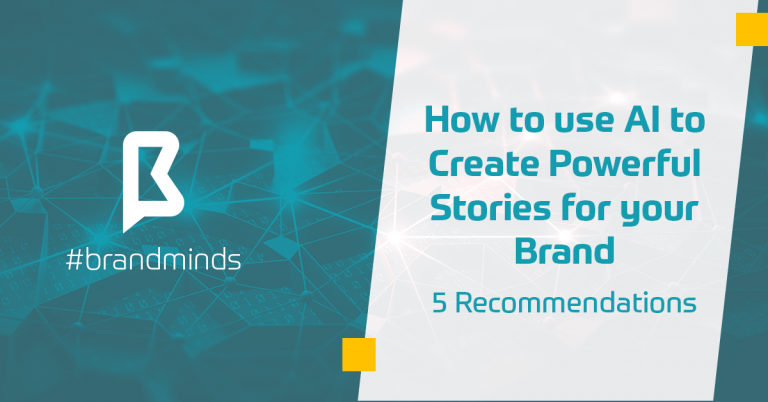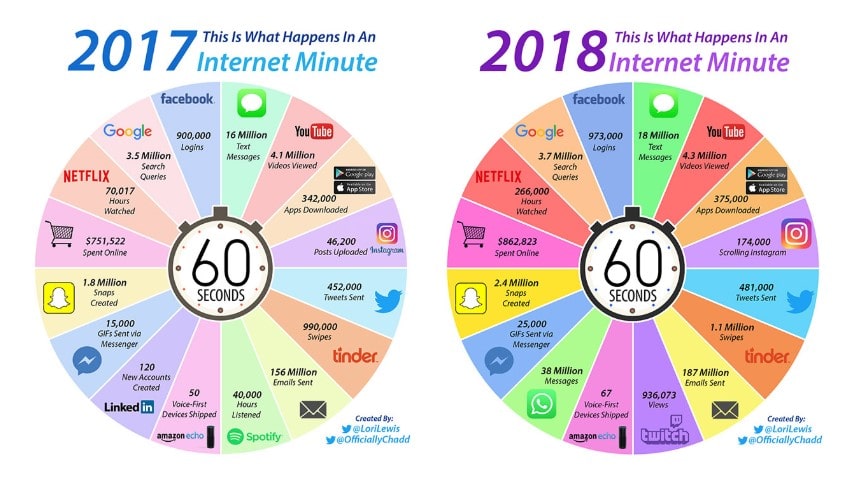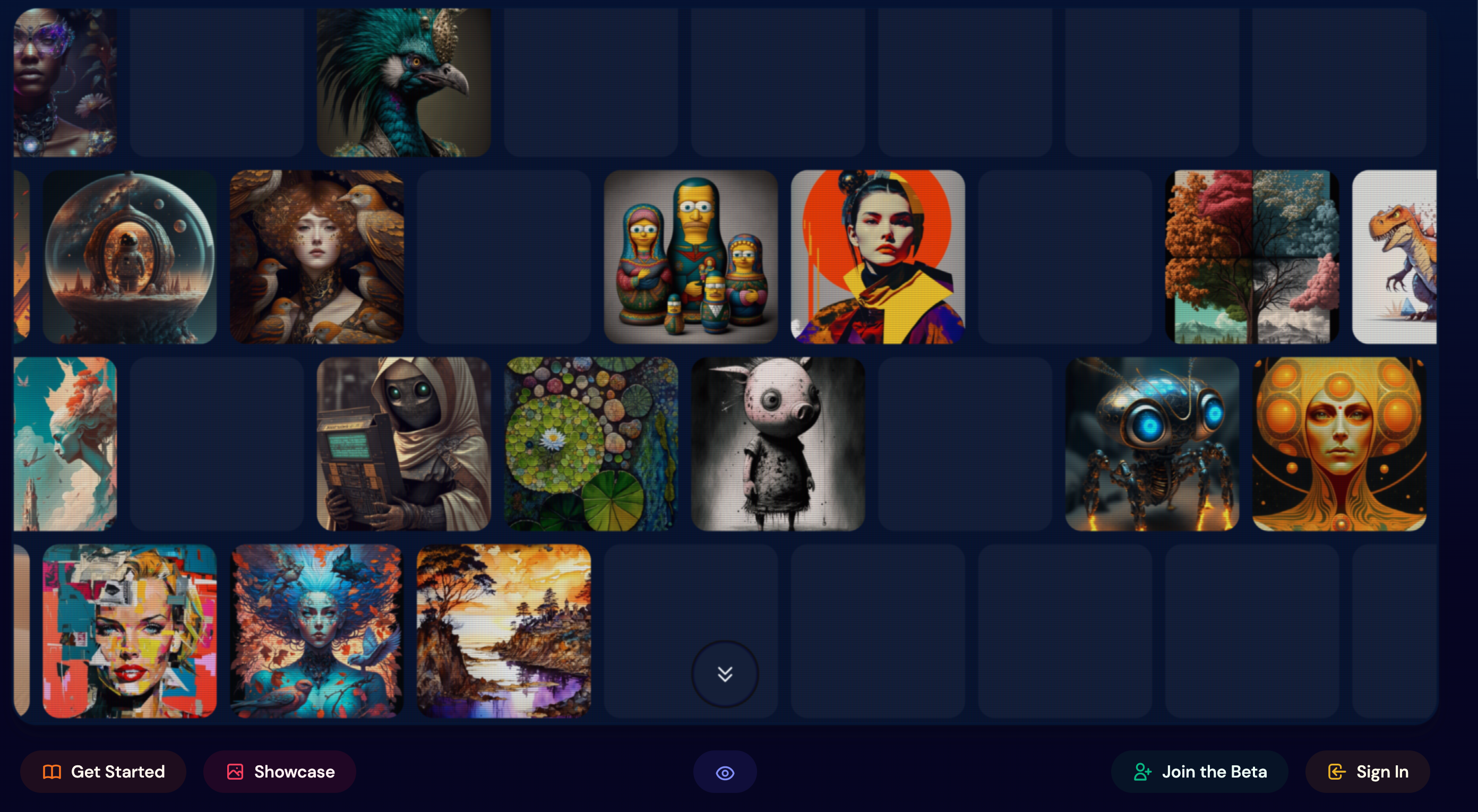
Creating powerful stories is about going beyond your brand or your product; it’s about your audience.
Yes, you have your audience profile persona in place, but people are much more than mere demographics – how old they are, where are they working, if they are married or not, if they are parents or living with their cat.
Today’s challenge for marketers and other professional communicators is creating powerful stories for your brand that your audience connects with on a deep emotional level.
Martin Adams is CEO and co-founder of Codec, a company which specialises in Artificial Intelligence Marketing. Martin has a 15-year experience in technology, media and blockchain.
Learn more about Codec here: This tool helps you create content your audience will love.
This article presents his recommendations on how to use AI to create stories.
How to use AI to Create Powerful Stories for your Brand
First of all why do marketers need the help of AI?
Here are 8 reasons marketers need the support of AI according to Martin Adams, CEO of Codec:
- Because audiences are fractured and fragmented;
- Audiences are spending time on different locations and different mediums;
- The social platforms are constantly crafting new creative formats;
- Content clutter is reality which means getting through to your audiences, even if the story is great, is harder and harder: on the internet, in just one minute, there are 3.7 Million search queries on Google, 18 Million text messages, 973.000 Facebook logins etc and the numbers are rising since 2017;
- Increased expectations from your audience – according to the Millennial Research Study published by McCarthy Group on January 2018, 78% Millennials expect to be entertained by marketing content they consume;
- The traditional advertising content – rather than the storytelling approach – is no longer enough or efficient, it no longer brings the expected results;
- The UGC content is more relevant to your audience than brand focused content;
- The audience fights back interrupting advertising with adblock tools.

source: visualcapitalist.com
So far marketers and brand managers have used technology to manage, distribute and measure content created by their teams. Technology did not support communication professionals at the insights or creating stage of their marketing campaigns.
Unfortunately, statistics have shown that campaign effectiveness is decreasing starting with 2012 according to ipa.co.uk.
Brands have seen that sales activation activities have brought short-term sales uplift while brand-building activities have been directly linked to long-term sales growth.
Marketers need to make their brands relevant in their culture again. AI can play a role here.
Martin Adams, CEO of Codec.ai
Brands need to be relevant for audiences without interruptions.
How are they going to do that?
- Create engaging customer experiences to be noticed;
- These customer experiences need to be interesting;
- Content marketing is the appropriate tool to achieve this goal.
How can you use AI to create powerful stories that generate better leads and customer experiences?
Here are 5 recommendations.
Today AI can support and assist marketers and communication professionals at the first step before creating content – insights.
1. Use AI to identify the right audiences
Martin Adams recommends marketers to identify tribes, not demographics because tribes are networked groups of individuals who share the same interests and passions.
Why market to tribes, not demographics?
They are identifiable, stable, united by shared rules of behaviour and preferences.
2. Use AI to build empathy with the right audience from the beginning
With the help of AI understand what the tribe wants to consume beyond your brand or product: topics of discussion, deep passions, what their audience cares about.
Then create content around that, insert your brand/product inside the area that your audience is interested about.
[bctt tweet=”Understanding your audience’s demand makes storytelling possible, impactful and efficient.” username=”brand_minds”]
We need to stop interrupting what people are interested in and BE what people are interested in.
Craig Davis, former Creative Director of Saatchi & Saatchi
3. Use AI to seek out behaviours, passions and need states
Use AI to seek out behaviours, don’t create your marketing campaign with the sole purpose of interrupting your audience’s behaviours.
[bctt tweet=”Focus on generating insights that reflect the stable passions and need states of your audience.” username=”brand_minds”]
Identify one insight that is characterized by the following features:
- your tribe is passionate about this need;
- this need is underserved;
- this need is emotional and deeply connected to your audience’s psyche.
4. Use AI to help you leverage the right data
[bctt tweet=”Marketers need to switch from intent-focused data to empathy data.” username=”brand_minds”]
Intent-focused data is shown by search engines and help drive e-commerce behaviours. But this data doesn’t provide marketers with meaningful data regarding that person.
[bctt tweet=”Marketers shouldn’t talk to their audience only with the purpose of achieving brand’s commercial goals.” username=”brand_minds”]
Marketers need to extract empathy data from understanding how the audience interact with content and culture.
Storytelling starts by understanding culture and AI is the most powerful tool in the world to do this.
Martin Adams, CEO of Codec.ai
5. Use AI to understand the who, what, why and when of their content preferences
AI can identify the following details:
- the tone of voice that your audience is responding to;
- the image types, colors and framing that your audience like;
- the content format they prefer;
- the platform they spend time on.
Here is a great example of audience-focused marketing campaign from Dove, You’re more beautiful than you think:
Mistakes to avoid when using AI and data to create better stories
As intelligent as it may be, AI is just a tool and Martin Adams warns marketers against making the following mistakes:
#1 Thinking that content is a format choice
Storytelling is about making things that audiences want and care about after we understand demand. It is not a particular format choice – images or videos or questionnaires.
You need to listen, really listen with no judgement.
Remember: it’s not about your brand’s needs, it’s about your audience’s.
#2 Having blind faith – in either yourself or the AI
Don’t fall into the trap of thinking that you know better than the AI. AI is designed to help and support your marketing efforts providing you with valuable information.
Also don’t go to the other extreme of having blind faith into the AI – use your intuition to veto bad data.
#3 Doing content by numbers
AI cannot create content that you should follow by numbers.
Instead use your creativity to bring AI supplied data to life.
Wrapping Up
- Find your tribe;
- Understand your tribe’s demand;
- Build empathy;
- Deliver them the content they want in the form they prefer.


















